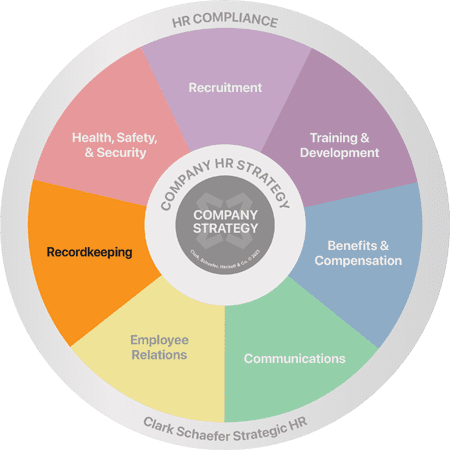Performance Review Copies
HR Question:
Am I required to provide my employees with a copy of their performance reviews?
HR Answer:
We consider it a best practice to give employees a copy of their performance review since it is being discussed with them, it can affect your/management’s decisions regarding their compensation, and it is a signed document. However, no law mandates that you provide it to the employee. See below for an excerpt from Nolo on State Laws on Access to your Personnel File:
While many states now have some type of law regulating personnel files…most of these laws control not the content of the files, but, rather:
• Whether and how employees and former employees can get access to their personnel files,
• Whether employees are entitled to copies of the documents in them, and
• How employees can contest and correct erroneous information in their files.
In some states, [employees] have a right to see those files only if they are related to a lawsuit [the employee] filed against [his/her] employer or former employer. Even then, [he/she] might be in for a legal battle over what portions of the files are relevant to the case. But, in many states, [employees] have the right to see the contents of [their] personnel file—or at least some of the documents in it—without filing a lawsuit.
In Ohio, for example, “there is no law in Ohio that requires an employer to grant an employee access to his or her personnel file. There are, however, two key exceptions: medical records and wage and hour records” (Source).
Let Strategic HR help you navigate the employment law minefield. Ask us for assistance with any of your HR Compliance needs. Please visit our Compliance page for more information on any of these services.


